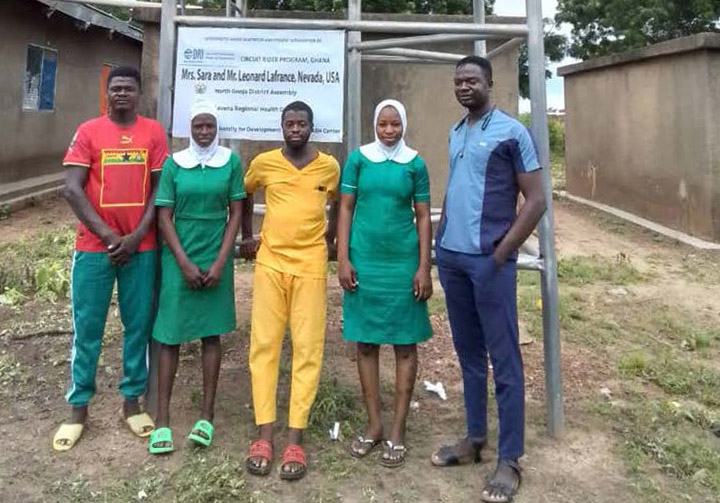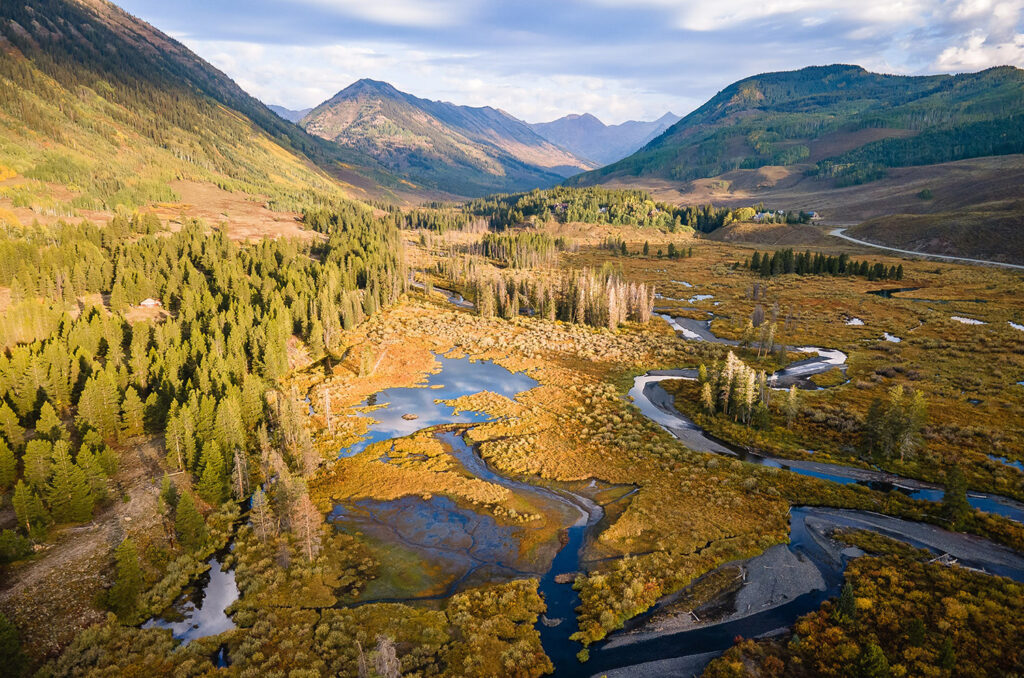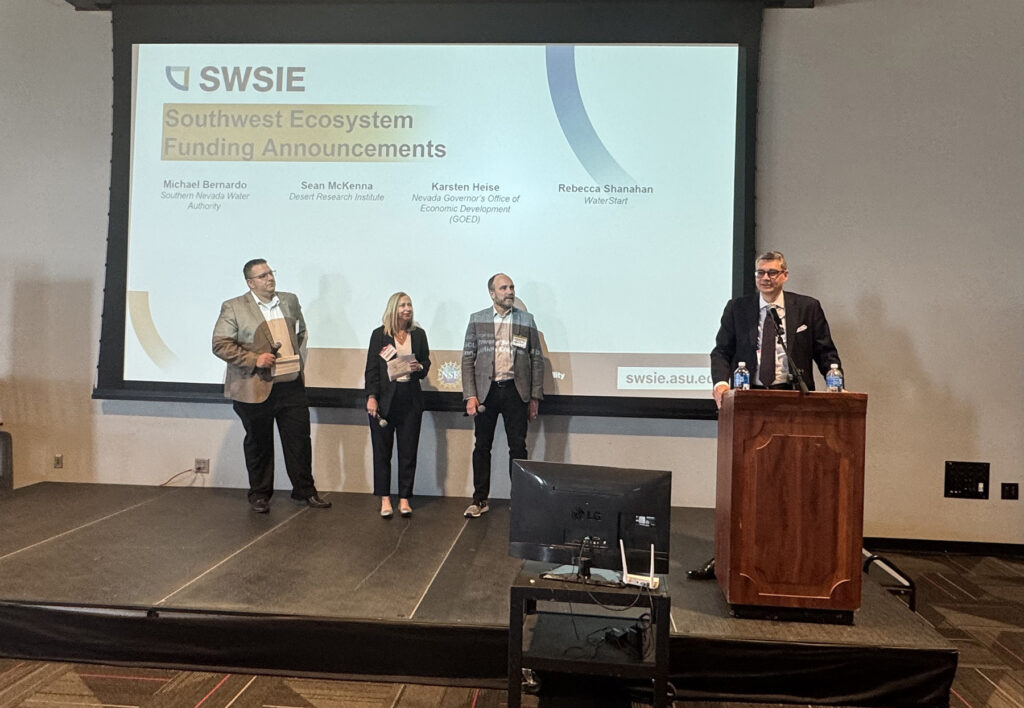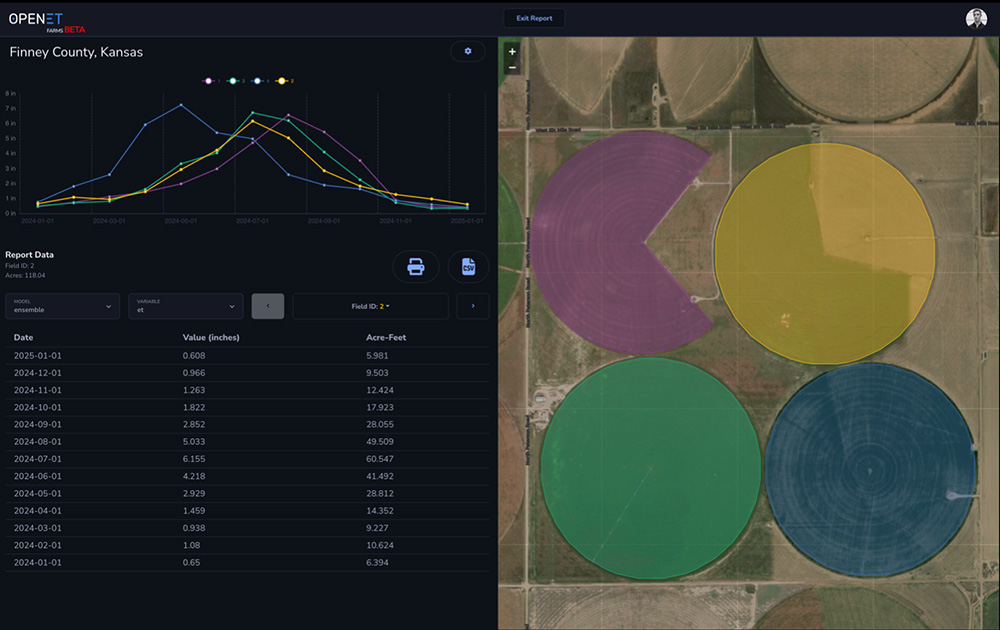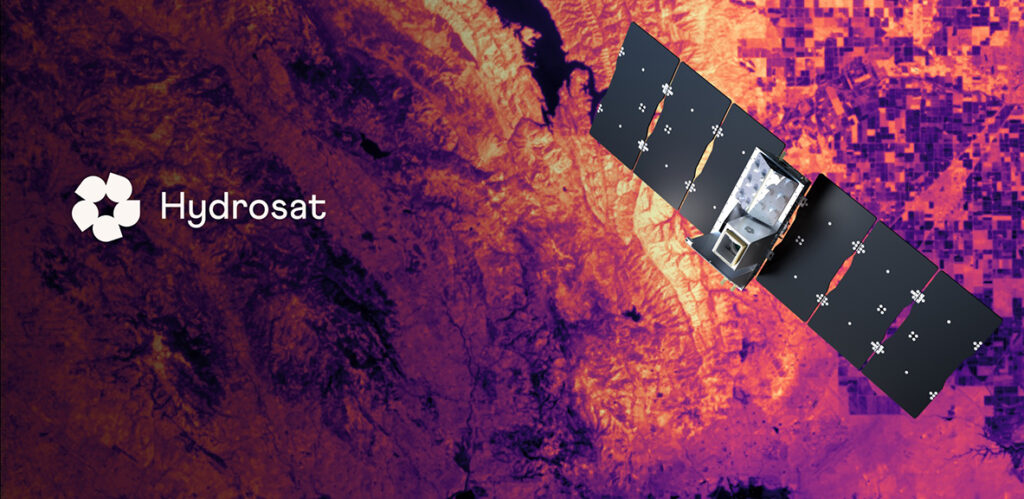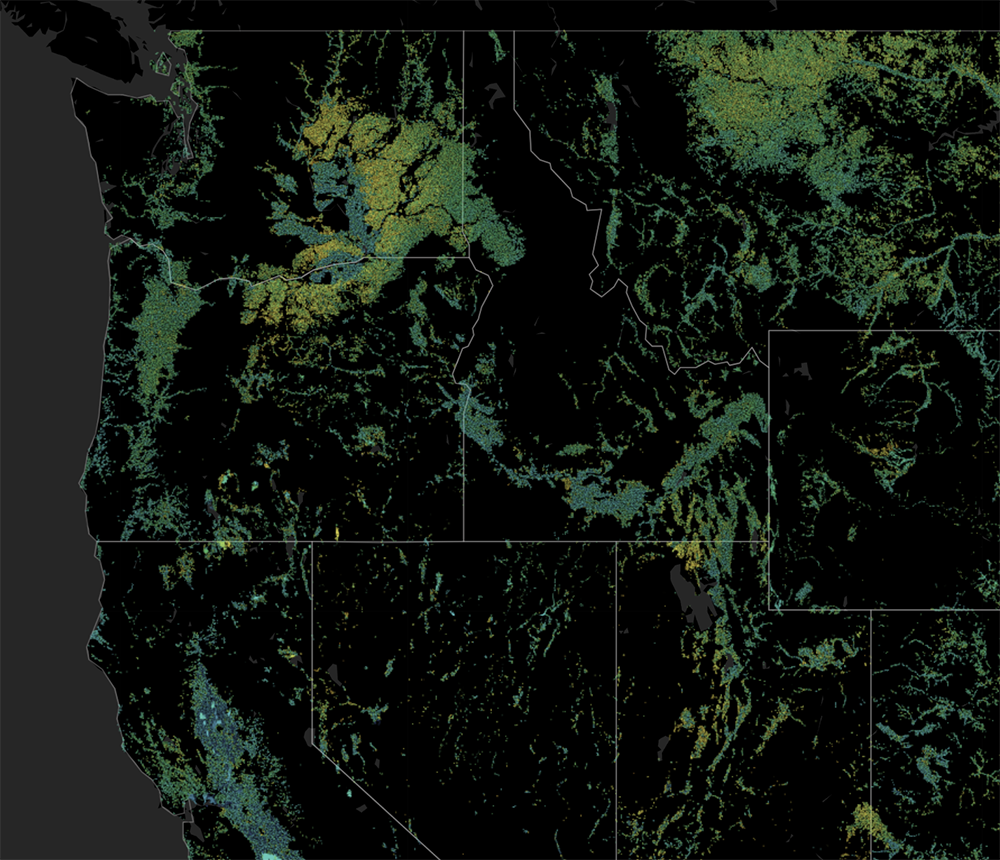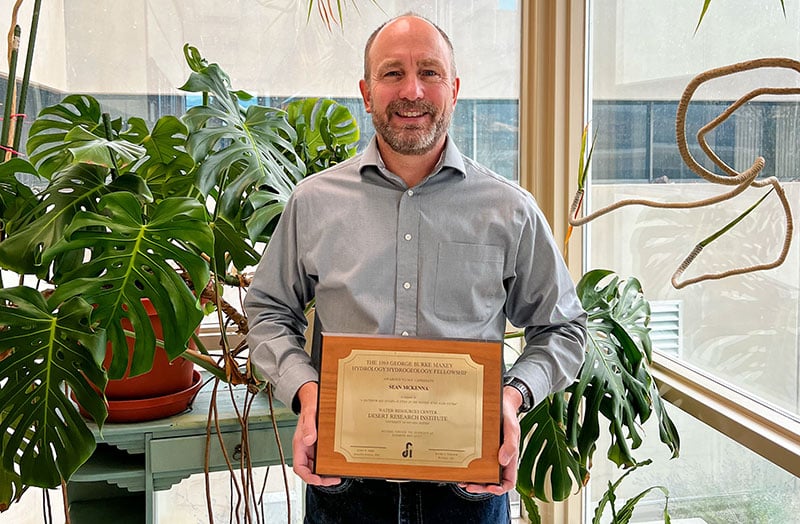Leonard and Sara Lafrance: Champions of Clean Water in Ghana
Leonard and Sara Lafrance have pledged their support for the continuing work of DRI’s Center for International Water and Sustainability (CIWAS). Their two-year gift will support Water, Sanitation, and Hygiene (WASH) services in the North and North East Gonja District of the Savannah Region of Ghana. Specifically, this gift will fund project components that include WASH entrepreneurial empowerment for women, increased WASH services for health care facilities, well drilling for water access, water quality management, and overall project management.
